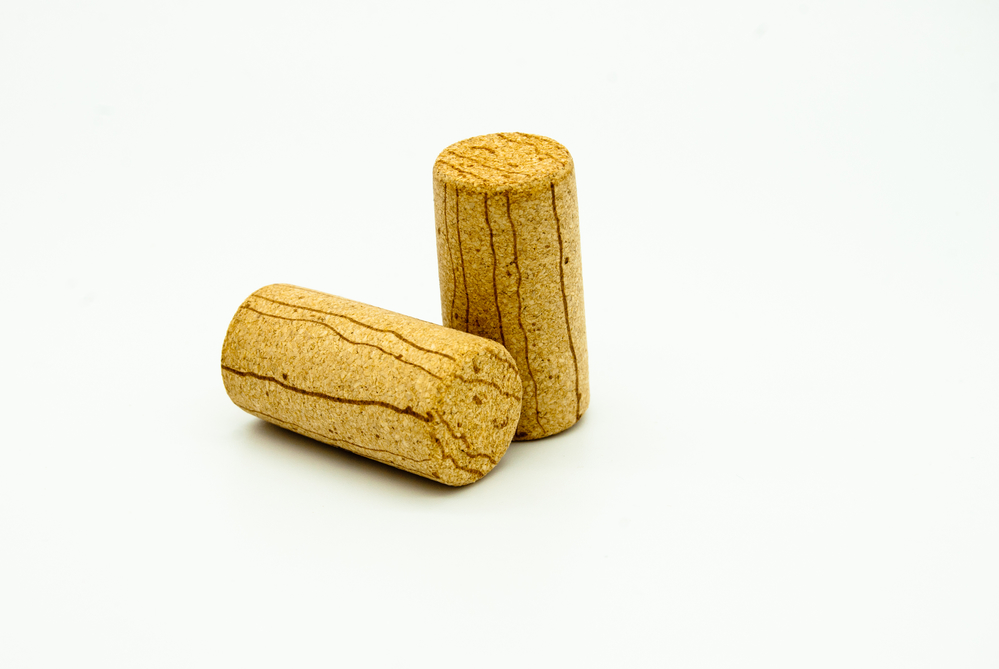
Put a lid on it!
Cork has been the preferred choice of vintners to seal bottles ever since they started using glass to store their wine back in the 1400s. The time-tested stopper is a natural product. It is malleable, conforms to the neck of the bottle and provides a tight seal; the porous texture lets the wine breathe, allowing it to age over long periods of time. Furthermore, the cork’s natural elasticity facilitates easy (usually!) removal – the time-honored ritual of uncorking prior to tasting.
In reality, however, cork proves to be far from the perfect seal. According to statistics, cork taint and variable oxygen transmission result in the spoiling of nearly a fifth of all wines. When the cork bark is exposed to airborne contamination, it is liable to develop a musty odor, seriously degrading the quality of the wine. The integrity of the contaminated cork can result in the passage of excess oxygen, thus spoiling the wine. In some instances, the cork actually disintegrates altogether. These problems have motivated the search for alternative stoppers. This trend, which started in the mid-1960s, gained momentum in the 1980s, due to a decline in the quality of cork manufacture. And by the 1990s, cork alternatives had already claimed a large share of the market.
Of the alternative stoppers, screwcaps have become especially popular in recent years. This particular type of seal, which has been previously associated with cheap, mass-produced wines, is now achieving worldwide popularity. In fact, in some countries, such as Australia and New Zealand, most bottles are now sealed with a screwcap. Proponents argue that these caps are easy to remove, provide an effective seal for wine, while allowing it to breathe and age overtime, are less expensive than cork and most crucially, they completely eliminate any chance of cork contamination. They further suggest that the “breathability” of cork is overrated, and that “breath” is easily achieved in alternative stoppers with measured levels of oxygen ingress rates. Winemakers who prefer natural cork, on the other hand, question the suitability of screwcaps for all wine styles and the impact of varying oxygen levels on the wine’s aging post bottling.
In addition to screwcaps made of metal or plastic, other alternatives, such as synthetic corks produced from plastic or plant-based polymers are also considered as a possible remedy to the problem of cork contamination. The synthetic material is essentially made of reconstituted cork with the addition of a small synthetic component. These components are subjected to a special cleaning process to insure a taint free seal for the wine. They more or less look like natural cork and can be extracted with a corkscrew or a similar device. The problem with the synthetic stopper, however, is that it loses its elasticity over time, barring it from being a candidate for aging wine.
Environmental considerations and sustainability also play a role in the choice of stopper. Natural cork is not only readily abundantly available in the western Mediterranean region, it is also biodegradable. Screwcaps and other synthetic alternatives, on the other hand, are not biodegradable. They can be recycled, but manufacturing techniques are generally not “green.”
From a financial standpoint, natural cork can be expensive. The production of cork stoppers made from the bark of cork oaks is a labor-intensive process. The trees are not felled, rather the bark is peeled off the tree in fine uniform sheets – a technique which requires special tools and a highly skilled labor force. The higher price tag of the natural cork stopper, therefore, makes it suitable for the more expensive wines, in the range of perhaps $30 or more per bottle.
Aside from sustainability and financial considerations, current methods of winemaking and patterns of wine consumption also play a role in determining the type of closure, in contrast to earlier days. In the last few decades, wine consumption worldwide has continued to grow. The net result of this increased global demand is that most wine released to the market these days is a product of a grape harvest less than couple of years prior to bottling. And, it is enjoyed by the majority of consumers less than six months after appearing on the shelf of their local retailer. In other words, most wines on the market today are not really intended to age for more than a couple of years at most. Less expensive alternatives to the time-tested natural cork stopper suffice.
So, like just about everything connected to the wine making process, it seems that there is really no right answer in selecting one closure over another. Ironically, while the debate rages between the natural cork and alternative stopper camps, a number of wineries are returning to the ancient ways of merchandising their wine in barrels, foregoing all modern inventions!
